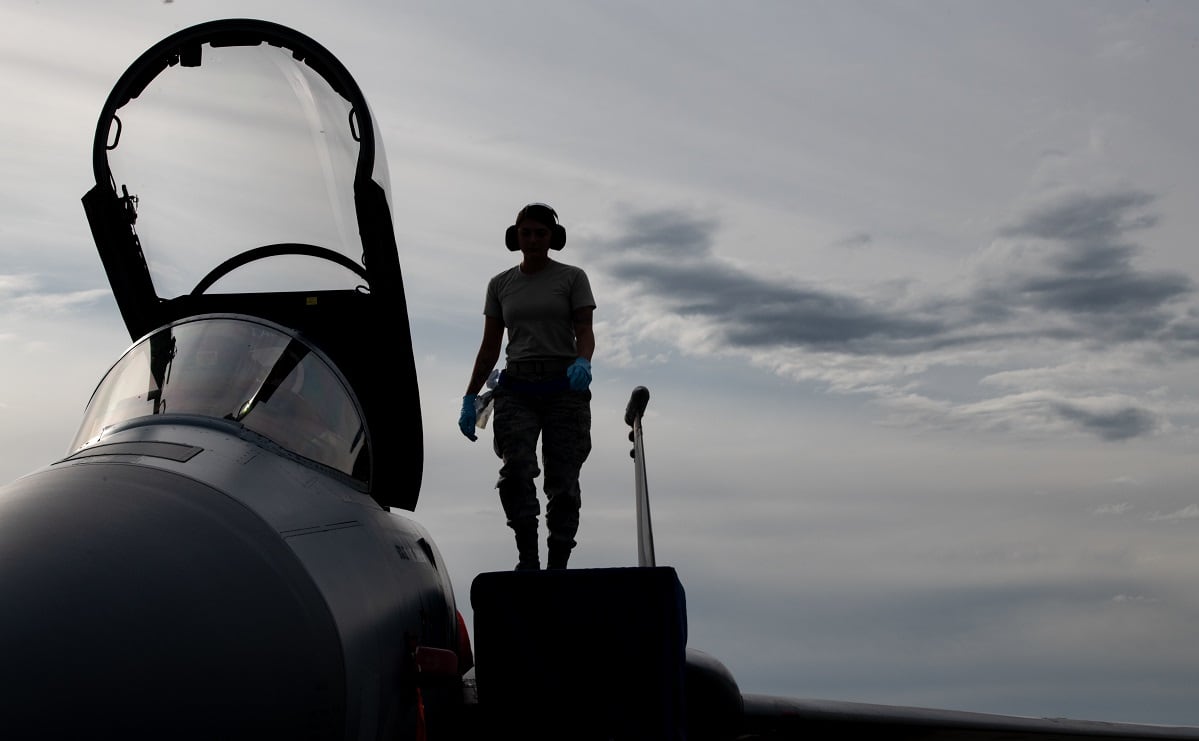A coronavirus-driven spike in retention rates has left the Air Force’s active duty significantly overmanned, and the service is planning to roll out a slate of voluntary separation and retraining programs to rebalance the force.
Some retention bonuses airmen have enjoyed in recent years, as the service struggled to recover after devastating cuts during the sequestration-driven drawdown in 2014, are also likely to be on the chopping block.
In a conference call with reporters Tuesday, Air Force personnel chief Lt. Gen. Brian Kelly stressed that no involuntary measures are being planned in fiscal 2021. The 2014 drawdown included multiple involuntary separation and early retirement measures that caused turmoil in the force.
But by mid-December, Kelly expects to unveil a slate of voluntary measures that could include waiving active-duty service commitments and allowing active-duty airmen to move to the Air National Guard or Air Force Reserve earlier than usual.
The Air Force is also planning to allow airmen in overmanned career fields to retrain into undermanned fields, and could cut some of its retention bonuses.
“Certainly, we’ve used bonuses over the [post-drawdown recovery] time frame to help us incentivize and build retention,” Kelly said. “But now as the manning levels have gone up and in some cases exceeded our requirements in many areas, we probably don’t need as many offerings for the bonuses and opportunities for those retention incentives as we’ve had in the past.”
The Air Force said it has not yet finalized the list of career fields eligible for selective re-enlistment bonuses in 2021, but it is expected to be released soon.
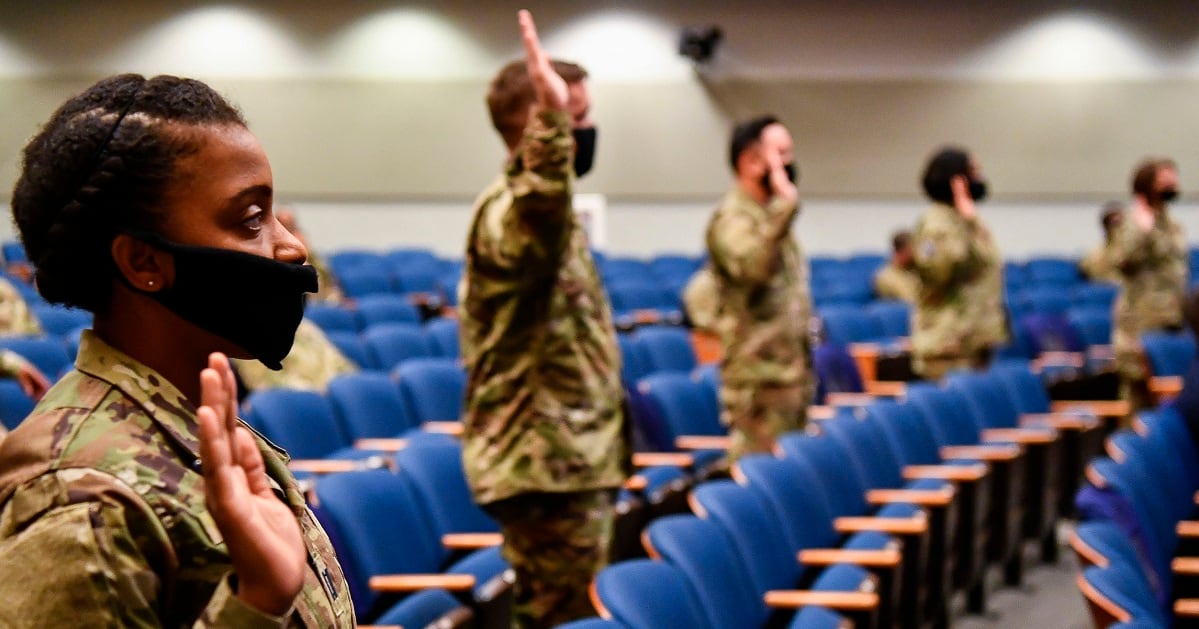
After the Air Force’s drawdown in 2014, the Air Force struggled to rebuild its ranks and plug holes in critical career fields. Among the most alarming legacies of the drawdown was a massive shortfall in the Air Force’s maintainer ranks that at one point left the Air Force lacking 4,000 maintainers, alarming the top brass.
RELATED
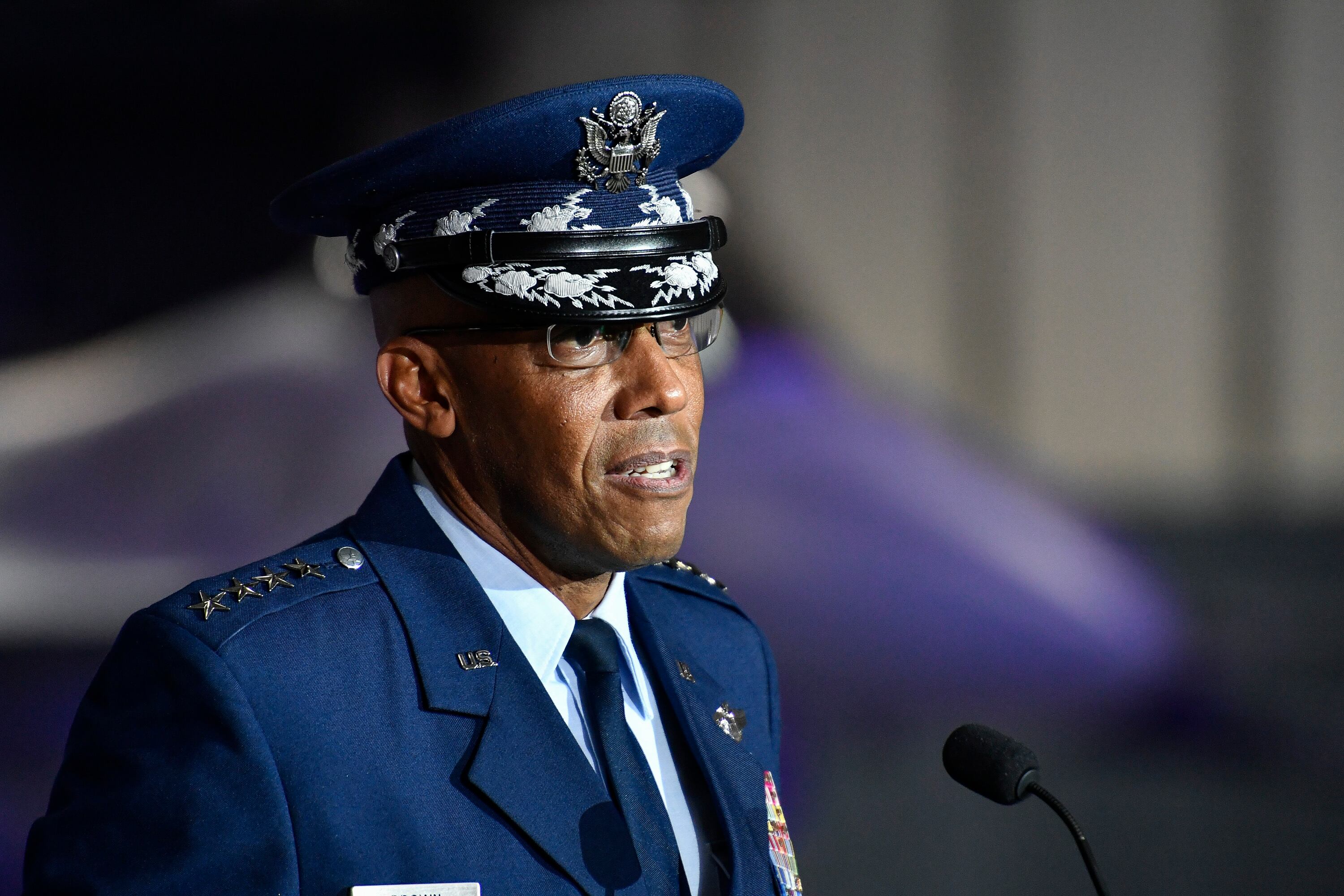
Over the last five years, Kelly said, the Air Force has built back its end strength: adding about 23,000 more airmen, and plugging its maintenance shortfall.
The Air Force originally planned to finish fiscal 2020 with 332,800 active-duty airmen, and add 900 more throughout 2021, to bring its end strength to about 333,700 by the end of this current fiscal.
But as the COVID-19 pandemic ground on throughout fiscal 2020, hundreds of airmen withdrew or delayed their planned retirements and separations, Kelly said.
So when this fiscal year began, Kelly said, the Air Force found it had not only already met its 2021 end strength goal, but surpassed it. Now, the Air Force has about 900 more active-duty airmen than it is supposed to have.
“Where we were in October of ’20 was already beyond where we would want us to be in September of ’21,” Kelly said.
Retention rates are now at their highest level in nearly two decades, Kelly said, second only to the post-9/11 retention rates in 2002. Aside from a few career fields, month-to-month and year-to-year retention levels are “extraordinary,” Kelly said, and a welcome development.
Kelly said the changes are probably driven by the economic effects of the pandemic. Unemployment rose sharply in the pandemic’s opening months as the economy contracted, and some airmen may have felt it was safer to stay in uniform rather than take a chance on finding a job in the private sector.
But Kelly also hopes that the Air Force’s effort to improve life for airmen and their families has also prompted some to decide to remain in the service a little longer.
Kelly said the voluntary moves being planned will allow the Air Force to balance end strength, and avoid more drastic measures that could result in year group gaps in the future.
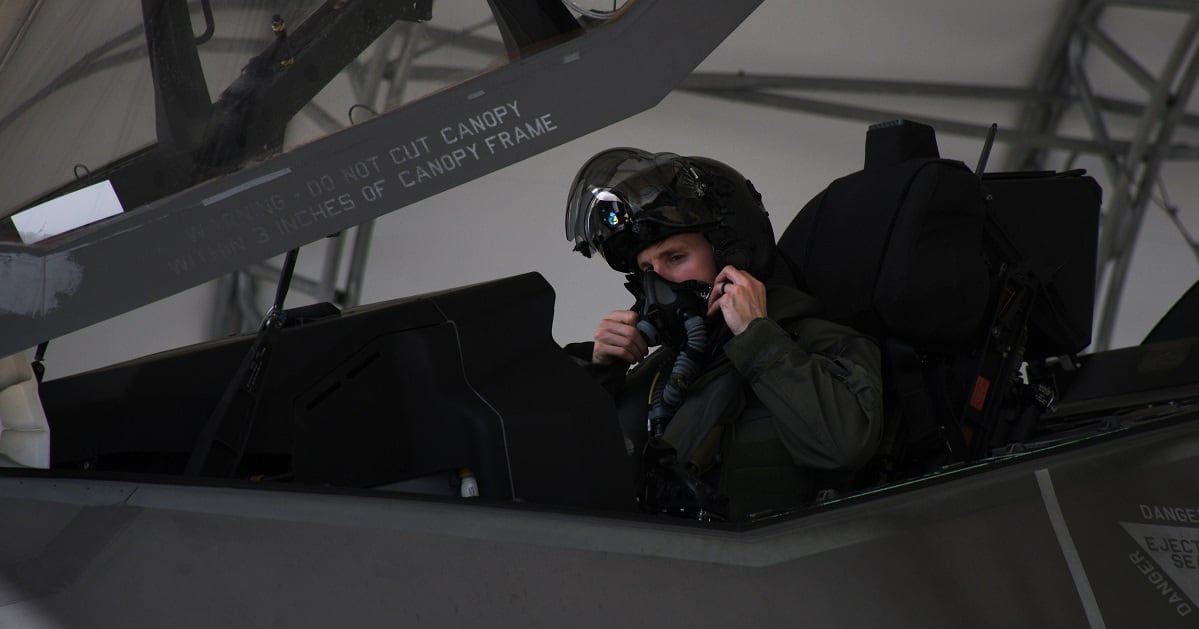
In the past, when the Air Force has found itself with too many airmen, it has sometimes tried to solve that problem by cutting recruitment and accessions of new officers and airmen. But that strategy has a downside: It means that in subsequent years, the Air Force can find itself with too few airmen in certain ranks or with certain levels of experience.
As 2021 proceeds, Kelly said, the Air Force will look at “various opportunities and levers” to allow people to transition to different jobs or roles in the Air Force.
The plans to shift airmen into undermanned roles also fit into Chief of Staff Gen. Charles “CQ” Brown’s call for the Air Force to change to ensure it can win a war against a major adversary. Brown said in August, his first month on the job, that the service would not be able to count on end strength increases in the future, and would have to make better use of the airmen it has.
Air Force leaders — particularly the heads of major commands — need to take a hard look at the missions they have, figure out which jobs aren’t adding enough value to accomplish those missions, and move those airmen where they’re better needed.
Kelly said the Air Force will, in the near future, release lists of retraining opportunities that detail in which career fields — and within those jobs, which ranks — it is undermanned. For example, one career field could be lacking staff sergeants, but another job could be short master sergeants.
“Some of the operational career fields, in places, tend to be a little bit lower manned than some of the support career fields, and support areas tend to be a little higher-manned,” Kelly said. “There will be an incentive to continue to make those transitions among those different areas.”
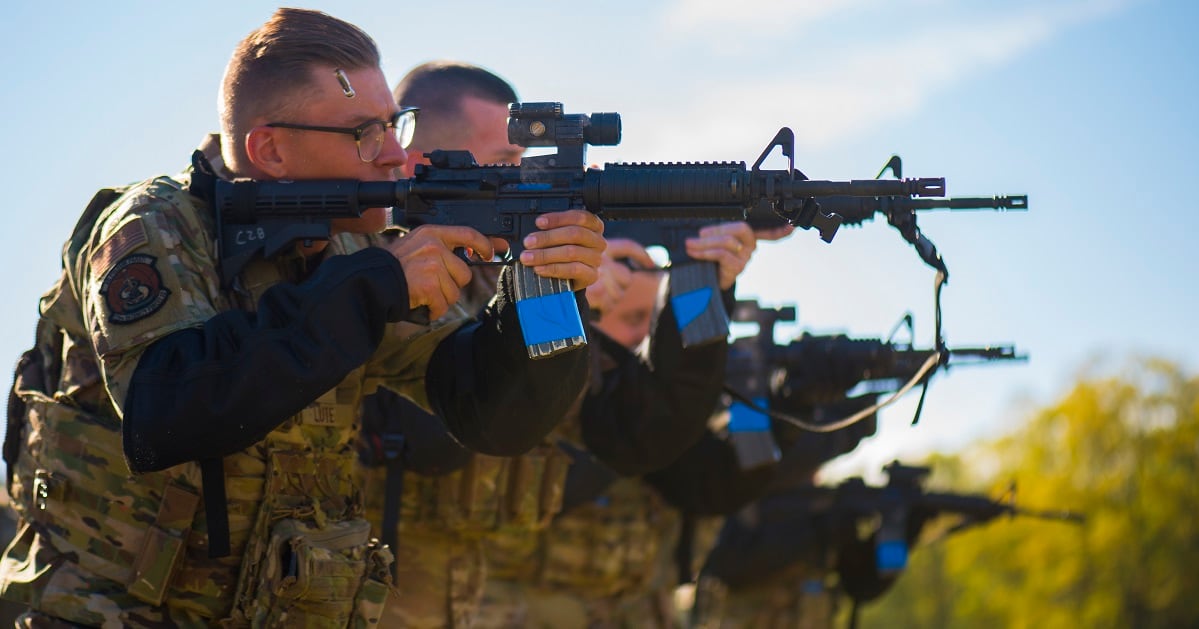
Kelly said that the longstanding pilot shortfall is still hovering around the 1,900 to 2,000 mark, about where it’s consistently been in recent years.
Among pilots, Kelly said, the Air Force is generally overmanned in field grade officer ranks of major, lieutenant colonel and colonel. But among company grade officers like lieutenants and captains, it’s undermanned, largely due to limitations in training and production of new pilots.
And again, the COVID pandemic is also likely to have an effect on pilot retention. The collapse of travel in 2020 dealt a punishing blow to the airline industry, causing many airlines to slow down hiring new pilots — who in past years often came from the military.
In early June, the Air Force said that 171 pilots had been granted permission to stay in uniform past their originally scheduled retirement or separation dates since March.
Kelly said all the numbers on pilots aren’t in yet, but he expects their retention in the Air Force is also improving due to airlines’ COVID-driven hiring reductions.
But, he cautioned, that won’t last forever. The airline industry will recover sooner or later — and the Air Force has to be ready.
“A lot of what we’ll be focused on is, how do we … make sure we can close the gap by being able to produce more pilots?” Kelly said.
As the Air Force considers any force management programs, it will also look at how such programs might apply to or affect the newly created Space Force, the Air Force said in a Tuesday release.
Members of the Space Force will not be eligible for a voluntary active-duty service commitment waiver, Kelly said, because they are required to serve at least two years when joining the new service.
Stephen Losey is the air warfare reporter for Defense News. He previously covered leadership and personnel issues at Air Force Times, and the Pentagon, special operations and air warfare at Military.com. He has traveled to the Middle East to cover U.S. Air Force operations.
